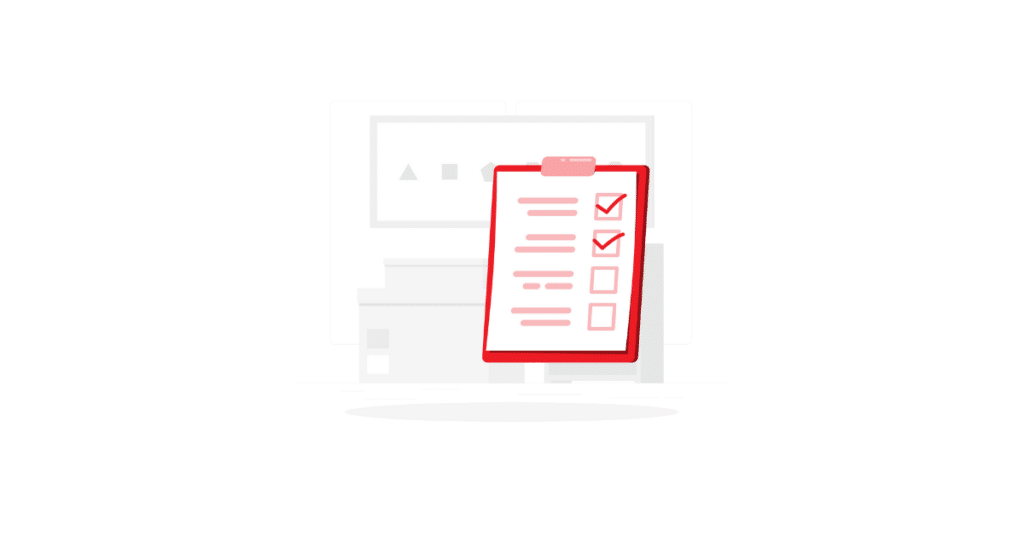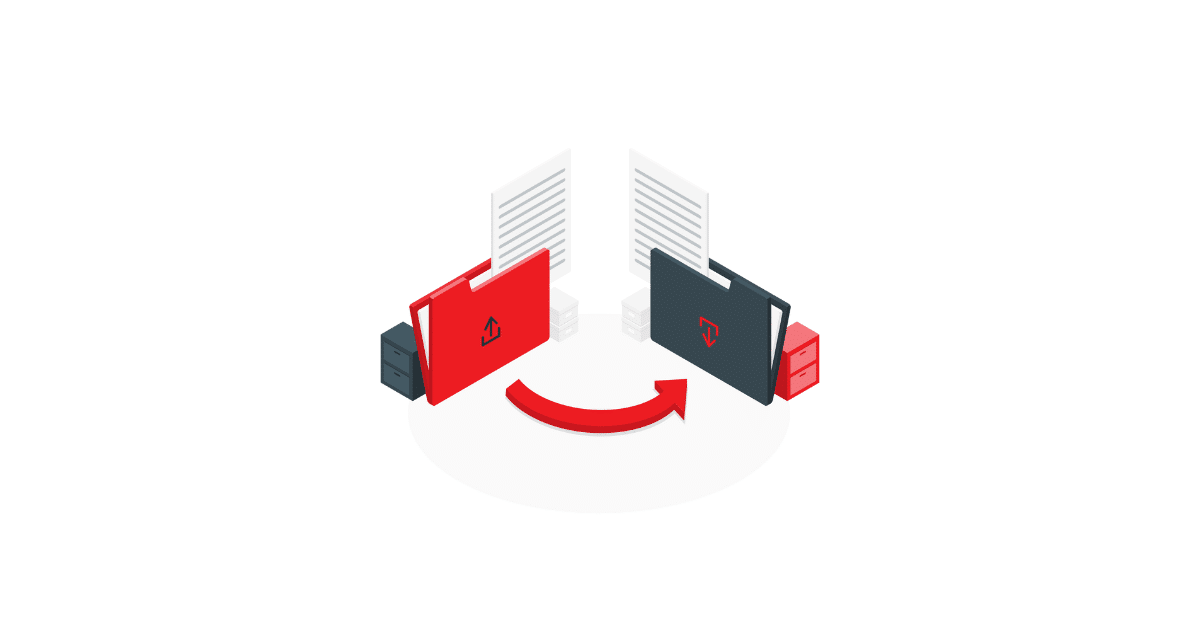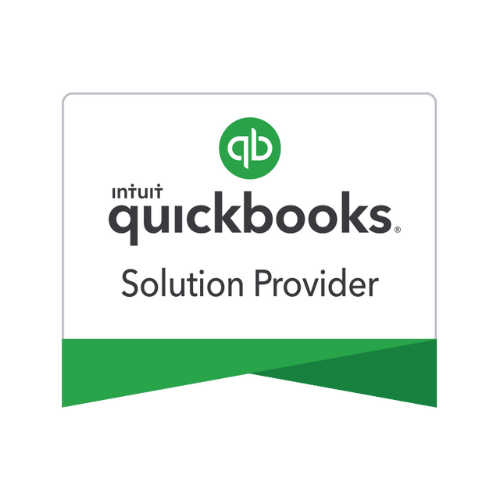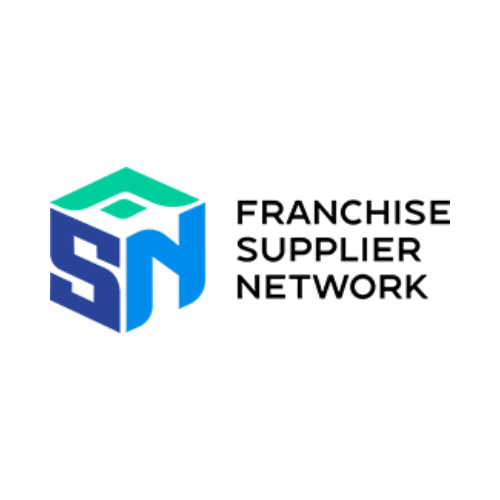This comprehensive guide is designed to help former Bench customers navigate their transition and maintain uninterrupted bookkeeping operations. Following the recent announcement about Bench’s closure, we’re providing actionable steps and resources to ensure your business’s financial continuity.
Resources Available for Former Bench Customers
In response to what happened to Bench accounting, we’ve developed a complete support package to help businesses maintain their financial operations. Our transition resources include data migration guides, financial continuity checklists, and expert consultation services.
Understanding the Immediate Impact
The announcement about what happened to Bench accounting raises immediate concerns about data access, financial reporting continuity, and ongoing business operations. Before panic sets in, understand that transitions between bookkeeping providers are manageable with proper planning and execution. The key is acting promptly while avoiding rushed decisions that could impact your business long-term.
First Steps: Securing Your Financial Foundation
Immediate Data Access and Backup
Your first priority is ensuring you have access to all your financial data. Many former Bench customers are discovering that once they lose platform access, retrieving historical data becomes significantly more challenging. Don’t wait – take action now to secure your information.
Start with your most recent fiscal year and work backward. Pay particular attention to:
- Monthly Financial Statements: These provide your baseline financial position and are crucial for tax preparation and business planning. Download both PDF and spreadsheet versions if available.
- Transaction Records: Your transaction history contains valuable categorization data and notes that might not be visible in summary reports. This detail is essential for maintaining consistency in your financial reporting.
- Bank Reconciliations: These documents prove the accuracy of your books at specific points in time. Having clear reconciliation points makes transitioning to a new provider much smoother.
Assessing Your Current Financial Status
Before moving forward with a new bookkeeping solution, understand your exact financial position. This isn’t just about knowing your bank balance – it’s about clearly understanding your business’s economic health and operations.

Create a financial status checklist that includes:
- Outstanding Invoices and Bills
- Document all unpaid customer invoices
- List all bills due within the next 30-60 days
- Note any recurring payments or subscriptions
- Identify any problematic or aging receivables
- Tax Obligations and Deadlines
- Document upcoming tax payment deadlines
- List any outstanding tax forms or filings
- Note any special tax considerations or elections
- Identify state-specific tax requirements
- Financial Reporting Requirements
- List all regular financial reports your business needs
- Document any industry-specific reporting requirements
- Note any loan covenants requiring specific financial metrics
- Identify stakeholders who need regular financial updates
Common Transition Challenges and How to Overcome Them
Data Migration Complexities
Moving your financial data to a new system involves more than just transferring numbers. Each bookkeeping platform has its way of categorizing and organizing financial information. Here’s how to handle common challenges:
Categorization Mapping
Many businesses find that their transaction categories don’t align perfectly with new systems. Create a detailed mapping document that shows:
- Current category names and their intended purpose
- Corresponding categories in your new system
- Any special rules or considerations for categorization
- Notes about industry-specific categorization needs
This mapping prevents confusion and maintains reporting consistency through the transition.
Historical Data Integrity
Ensuring accurate historical data transfers is crucial for tax compliance and business analysis. Implement these verification steps:
- Compare key monthly totals:
- Revenue by category
- Expense categories
- Gross profit margins
- Cash flow metrics
- Verify year-to-date figures:
- Total revenue
- Major expense categories
- Tax-related items
- Balance sheet accounts
Integration Management
Modern businesses often use multiple financial tools that need to work together. Plan for:
- Payment Processor Connections: Document all payment processors and their integration requirements
- Bank Feeds: List all bank and credit card accounts requiring connection
- Third-Party Apps: Identify all applications that need financial data access
- Custom Integrations: Document any custom integration requirements
Timeline Management
Transitioning bookkeeping services requires careful timing to avoid disruptions. Create a realistic timeline that accounts for:
- Data Export and Backup: 2-3 days
- System Setup and Configuration: 3-5 days
- Data Import and Verification: 2-3 days
- Integration Setup and Testing: 2-4 days
- Team Training and Adjustment: 5-7 days
Build buffer time for unexpected issues, and don’t rush the verification steps.
Evaluating New Bookkeeping Solutions
When choosing a new bookkeeping provider, look beyond basic service offerings. Consider:
Technology Infrastructure
Your provider’s technology stack affects how they can serve your business:
- Software Compatibility: Ensure they work with your existing business tools
- Data Security: Verify their security protocols and certifications
- Automation Capabilities: Understand what can be automated vs. what requires manual processing
- Scalability: Confirm their ability to grow with your business
Service Delivery Model
Understanding how services are delivered helps set proper expectations:
- Dedicated vs. Team Support: Know who will handle your books
- Communication Channels: Verify available methods and response times
- Review Processes: Understand their quality control procedures
- Emergency Support: Know the protocol for urgent issues
Transition Support
Evaluate their ability to help you through the change:
- Migration Assistance: What help do they provide with data transfer?
- Training: What resources are available for your team?
- Timeline: How quickly can they get you up and running?
- Support: What exceptional support is available during the transition?
Moving Forward Successfully
While an unexpected change in bookkeeping providers can be challenging, improving your financial systems and processes is also an opportunity. Consider:
Process Optimization
- Review and update your financial procedures
- Document all processes clearly
- Implement better control systems
- Enhance your reporting capabilities
Future-Proofing
- Choose scalable solutions
- Build redundancy into your systems
- Create clear documentation
- Establish regular review procedures
Getting Expert Help
Transitioning between bookkeeping providers requires careful planning and execution. Our team specializes in helping former Bench customers maintain business continuity through:
- Expedited onboarding process
- Comprehensive data migration support
- Custom implementation planning
- Dedicated transition assistance
Remember, while this transition may feel overwhelming, it’s an opportunity to establish stronger financial management systems for your business’s future success. Contact us for a free consultation to discuss your specific needs and get a custom transition plan. Call (702) 725-2669 or visit our website to schedule your consultation.







